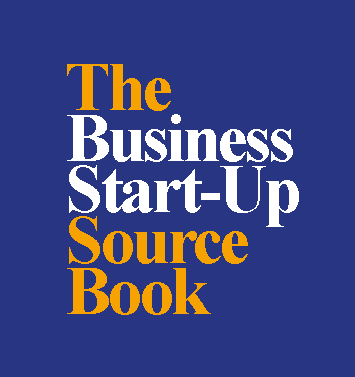For some companies throughout the pandemic business has boomed, and they may be wondering if growth will continue. For others, demand has slumped, and they may be wondering if it will ever return.
Moving forward, many start-ups and small businesses will find that one way or the other, their business model has been fundamentally changed.
It’s reasonable to wonder whether what worked in the past will work in the future. As companies don’t yet know what their new normal will be, it makes sense for them to combine traditional business strategy with more innovative approaches.
So, it’s worth clarifying some fundamentals such as what really makes money for your business, who and what really drives your business, and how will people behave after the pandemic?
Obviously, the last point is difficult to quantify. If the last 12-18 months has taught us anything it’s that we never know what’s round the corner. Though the pandemic itself will end, we simply don’t know which behaviours will return to the way they were, which will fundamentally change, and which will disappear altogether.
But how do we predict changes in behaviour? If we think of the currently ubiquitous facemask, we don’t know whether people will abandon mask wearing altogether when they can, whether they will be an irregular but recurring choice and remain in circulation, or whether behaviour will shift so that mask wearing in public becomes permanent. If your business makes masks, these are pretty important considerations.
So how do you at least try to forecast behaviour changes?
Firstly, ask yourself whether in your sector, people’s behaviour is habitual? If so, it is more likely to continue as before, in which case, perhaps you can too? Or have they been forced to alter or change the way they behave in which case how can you mitigate this perceived difficulty? Or must they stop altogether, in which case you need to adapt quickly?
Secondly, ask yourself what motivates their behaviour? Is it for financial or psychological benefit? If so, have circumstances meant that the benefits have changed? Does someone’s post-Covid outlook mean that they perceive the benefits of their previous behaviour to be just as rewarding, moderately rewarding, or no longer rewarding at all?
Thirdly, ask yourself what new pressures people are facing in managing their behaviour. How are they responding to authority or peer pressure? Do they understand how they are supposed to behave and how is this affecting how they actually behave?
Finally, ask yourself what the alternatives to previous behaviours are. Usually, people will embrace change if it is fairly frictionless. In your market, does no alternative mean that their previous behaviour is likely to continue? Could additional alternatives meet their needs as well, or are there satisfactory or even better alternatives that could encourage consumers to change?
By imagining your market in different scenarios through these four questions, you may be able to gain a more informed view of the behaviours that will continue, what will change, and what may disappear altogether.
It’s not an exact science and there are no guarantees, but it may help you to direct your business planning with a little more control in very uncertain times.




